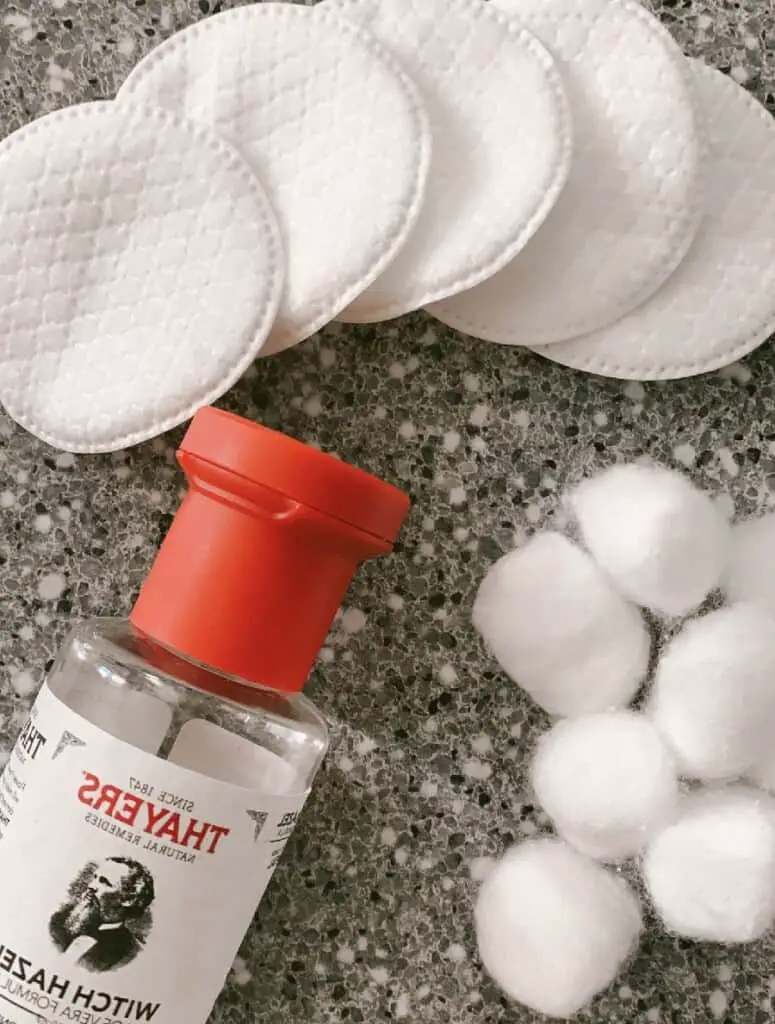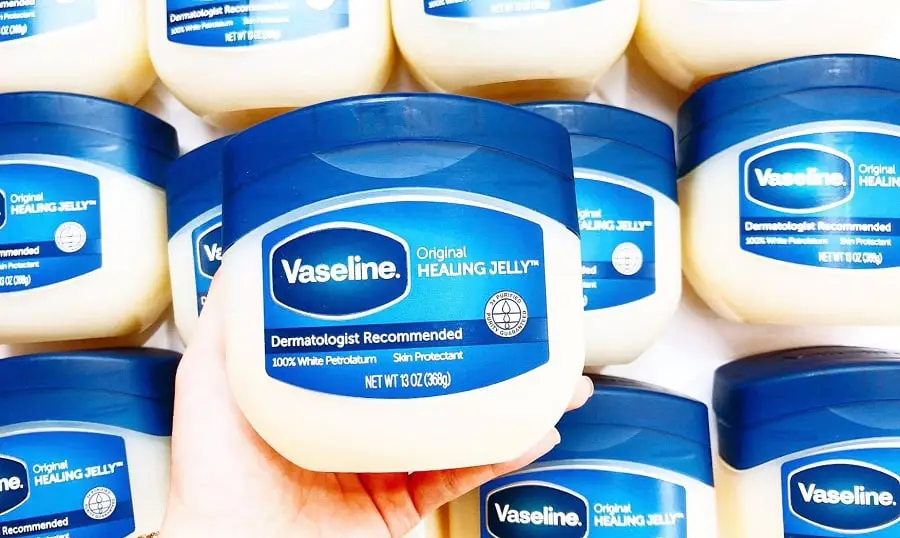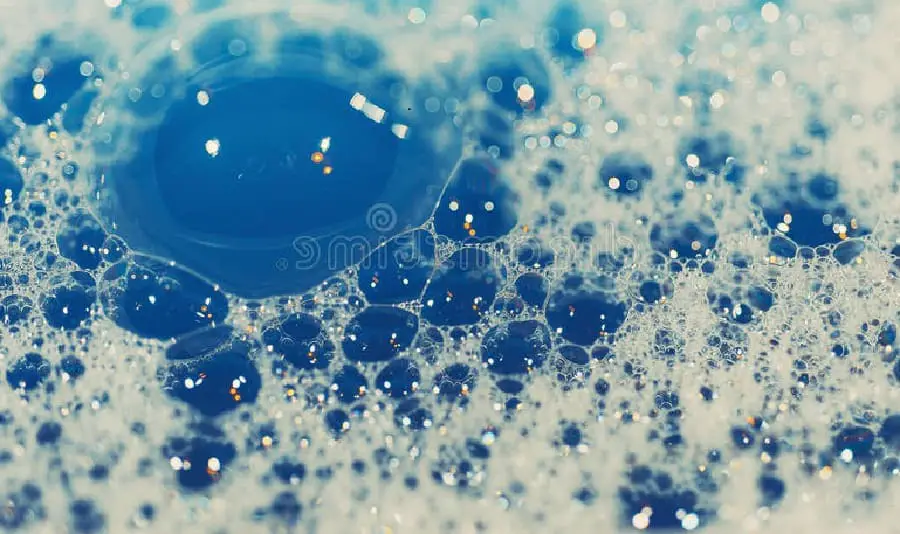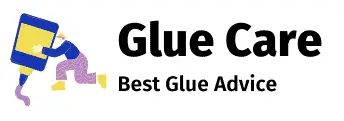While gorilla glue is a great adhesive, it does not remove easily from both skin and nails. This blog post will show you various ways to remove gorilla glue from nails so that your nails can be free of residue and looking clean again!
- Effective Ways to Remove Gorilla Glue From Nails
- 1. Use nail polish remover or acetone
- 2. Use a toothbrush to scrub off the glue
- 3. Put ice on the area and then use a wooden spoon or butter knife to scrape it off
- 4. Apply petroleum jelly around the edges of your nails
- 5. Rub an emery board across your fingernails until you can see white dust
- 6. Soak your hands in warm, soapy water for 5-10 minutes
- 7. Apply olive oil to the area of skin that was glued down
- 8. Cut open a banana peel and place it over the glued area for 10 minutes before peeling it off
- Some final words
- Frequently Asked Questions
Effective Ways to Remove Gorilla Glue From Nails
1. Use nail polish remover or acetone
Nail polish remover and acetone help dissolve glue effectively. How to use it? Follow the steps below:
- Apply a few drops of regular nail polish remover on the gorilla glue
- Let it sit for about ten minutes.
- After that, remove the excess residue using an orange stick or cotton ball soaked in more nail polish remover.
Do not use gel-based or shellac-based nail polishes because they will only make the glue harder to remove!
If you have any leftover bits of adhesive after removing them through this method, soak your fingers in warm water before scrubbing again until all residues are removed from nails.

2. Use a toothbrush to scrub off the glue
You can remove the glue easily with a toothbrush. How to do it?
- Soak your fingers in warm water for about ten minutes.
- Take an old and clean toothbrush, dip it into acetone or nail polish remover and scrub off all bits of glue from nails
- Then remove excess acetone by rinsing hands under running tap water.
- Wait until the nail becomes dry before applying any form of nail treatment on top to make sure that no residues are left behind!
It would be best if you use baby wipes instead of regular cleansing tissues as they will not leave lint particles that may get stuck onto your nails after the removal process has been done.
3. Put ice on the area and then use a wooden spoon or butter knife to scrape it off

Ice helps to remove the glue from your nails by freezing it hard.
- Wrap an ice cube with a piece of cloth and hold over the affected area for about three minutes until you can see that some parts have been frozen.
- Once this happens, use a wooden spoon or butter knife to scrape off all bits of residue .
- It will also help remove any nail polish if there is one left on during removal process!
- Remember not to scratch too deep into your fingernails because they may get damaged in doing so!
You can expect better results when following these steps using both regular toothbrushes and baby wipes instead of just using them separately.
4. Apply petroleum jelly around the edges of your nails

Petroleum jelly helps remove adhesive by softening it. How to?
- Apply petroleum jelly around the edges of your nails.
- Let it sit for about ten minutes before peeling away to remove all bits of residue .
- Be careful not to damage your cuticles or skin when doing this!
- You may need several cotton balls soaked in nail polish remover if there are still leftover pieces after removing them through above steps, don’t forget you can do so by using baby wipes instead ! It will help remove any additional lint particles stuck on top of the acetone as well!
5. Rub an emery board across your fingernails until you can see white dust
An emery board is an alternative way to remove the glue.
- Rub your nails with an Emery Board until you can see white dust on its surface (this means that all bits of adhesive are firmly removed).
- Remove excess residue by wiping it off using a cotton swab soaked in nail polish remover .
- Be sure not to let any residues stay behind! You may need several cotton balls if there are still some particles left after this process so try making use of baby wipes instead !
6. Soak your hands in warm, soapy water for 5-10 minutes

Tweezers are good for removing small pieces of adhesive. Here’s how you use it:
- Soak your hands in warm, soapy water to soften up all parts stuck on nails .
- Then scrub off with an abrasive cleanser or pumice stone until it is completely removed!
- You may need several cotton balls soaked into nail polish remover if there are still some residues left after this process and baby wipes will help remove lint particles as well !
7. Apply olive oil to the area of skin that was glued down
Olive oil makes adhesive removal easier. How?
- Apply olive oil to the glued area, let it sit for about ten minutes until you see that parts have softened up .
- Then use gentle pressure over these areas and peel off all residues!
- If there are still some sticky particles left after this step , make sure not to scratch or rub them too hard onto your skin because they will only cause more damage !
8. Cut open a banana peel and place it over the glued area for 10 minutes before peeling it off
Banana peel also helps remove adhesive residues. How?
- Cut open a banana peel and place it over the glued area for ten minutes .
- Then remove by peeling away!
- If there are any leftover particles , make sure not to scratch or rub them too hard onto the skin because they will only cause more damage !
Some final words
I hope with the help from this post, you may successfully get rid of gorilla glue from nails. Even though it works or not, don’t forget to share the result with us by commenting down below.
Thanks for reading and good luck!
Frequently Asked Questions
What takes off Gorilla Glue?
Gorilla Glue has a water-based adhesive that can be removed with soap and water. “The product does not contain methylene chloride, which dissolves polyurethane binders used in construction.”
If one would like to remove the glue quickly without scrubbing at it for an hour, there are many chemical solutions available on the market. The easiest solution is to find a pre-formulated stain remover or cleaner for cleaning up messy laundry accidents and spills, such as Shout Laundry Stain Remover or Tide Stain Dissolver Dissolving Agent.
Does Gorilla Glue ruin your nails?
Gorilla glue is an epoxy that can be used as a bonding agent for many materials. It is important to note that Gorilla Glue does not just bond either wood or plastic, it bonds these materials together and to other surfaces such as glass, ceramics, metals, and some low-volume plastics.
Often people will wonder if the glue will ruin the nails on their fingers because they want a strong bond without toxic chemicals. The answer to this question depends on how you intend for the glue to be used. If you plan on applying Gorilla Glue over nail polish then toes may also come into contact with it during wear time or if making repairs later down the road.
How do I get dried on glue off my nails?
The best thing to do if you have dried glue on your nails is to use nail polish remover. This will help remove the glue, but also leave your nails manicured and cleaned up at the same time. There are many varieties of removers available on the market depending on what you’re looking for – some that will take off glitter or other phony piercings, while others only target specific fumes or fumes from particular products like acetone-heavy polish remover found in most drugstores. Look for a variety that smells pleasant and feels about right on your hands first – it may be more expensive, but may last longer. Nail polish remover usually comes with an applicator brush inside for swiping over nails quickly
What dissolves Gorilla Glue?
Gorilla Glue is dissolved with acetone.
The solvent acetone has been found to dissolve clear GORILLA GLUE by dissolving the glue’s flexible polymer plastic chain-molecules; this principle follows below for a general discussion of why solvents work (or don’t work) on different substances. It was discovered that acetone bubbles into the cyanoacrylate adhesive when applied, and then separates the long, unbound polymers from one another — thus breaking its bond. In other words, an acid/base interaction is sometimes called “dissociation”.
